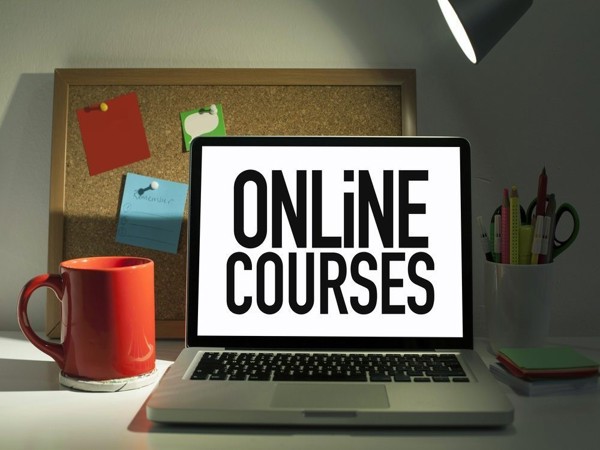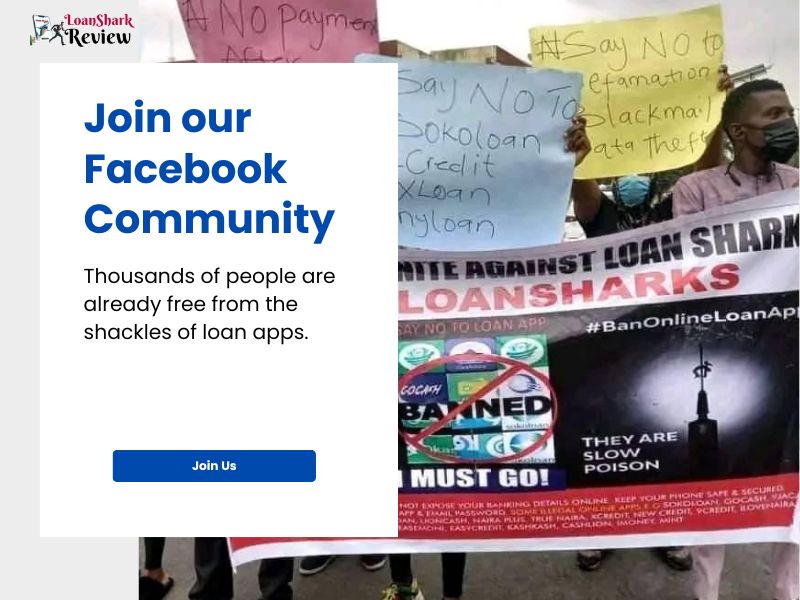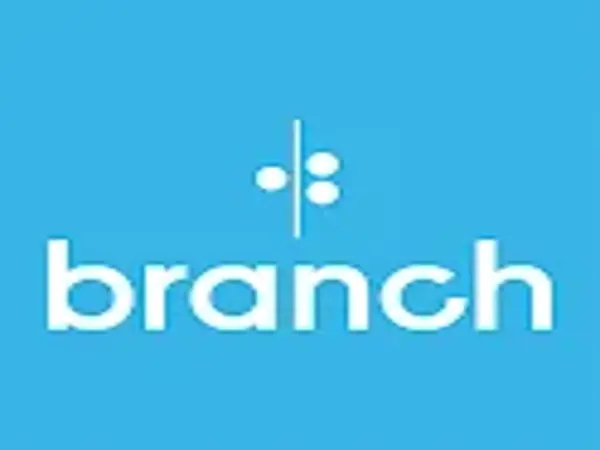Creating an online course can be a rewarding way to share your knowledge and expertise while generating passive income. However, many aspiring course creators face doubts and roadblocks. Let's explore some of the challenges that stop people from creating and selling online courses and break them down with real-life testimonies and step-by-step solutions.
1. “I Don’t Know Where to Start”
One of the most common roadblocks is simply not knowing where to begin. Many people feel overwhelmed by the sheer volume of information available about online course creation.
Testimony: Ade, a software engineer from Lagos, was passionate about teaching web development but had no idea how to structure his course. After watching tutorials on YouTube and reading free online guides, he broke down the course creation process into small steps. He started by outlining his key lessons, recording simple videos with his phone, and uploading them to a free platform.
Solution:
- Start with a niche topic where you have solid expertise.
- Create a course outline with modules and lessons.
- Focus on solving one specific problem for your audience.
- Don’t worry about perfection; start small and improve over time.
2. “I Don’t Have the Technical Skills”
The fear of needing complex technical knowledge stops many from creating online courses. The truth is, you don’t need to be a tech guru to start.
Testimony: Fatimah, a nutritionist, felt intimidated by the tech required to create and sell courses. But after a week of exploring free course platforms and experimenting with simple video editing apps, she realized that most platforms are user-friendly and require minimal technical skills.
Solution:
- Many course-hosting platforms come with simple drag-and-drop features.
- You can start recording with basic tools like your smartphone and free video editors such as OpenShot.
- Most free platforms handle all the complex coding and payments for you.
3. “What If No One Buys It?”
Fear of failure is a major hurdle. The worry that no one will purchase your course can hold you back.
Testimony: Chukwuma, a business coach, had doubts about whether anyone would buy his course on entrepreneurship. After promoting his course in relevant Facebook groups and offering a free webinar, he began to see sales and realized that the key was to focus on marketing.
Solution:
- Test your course idea with a small audience first.
- Offer a free mini-course to build trust and demonstrate value.
- Leverage your existing network and social media for promotion.
4. “I Don’t Have a Large Audience”
Some people believe that only influencers or big names can succeed in selling courses. However, even with a small audience, you can start generating income.
Testimony: Bukola, a self-taught graphic designer, launched her design course despite having less than 1,000 Instagram followers. She offered personalized support and grew her course sales through word-of-mouth referrals.
Solution:
- Start with a small audience and focus on offering high value to them.
- Build engagement by interacting with your audience on social media.
- As your students see results, they will naturally refer others.
5. “It’s Too Expensive to Create”
Many believe that creating a course requires expensive software, professional videographers, and costly platforms.
Testimony: Tunde, an accountant, didn’t have a big budget for course creation. However, he found free tools like Google Slides, Canva for graphics, and OBS Studio for screen recording, which allowed him to create a high-quality course with minimal expenses.
Solution:
- You can use free platforms to host your courses.
- Record videos with your smartphone and edit them with free apps.
- Use free design tools like Canva for your course materials.
Top 10 Free Platforms to Host Your Courses
If you're concerned about the cost of hosting your course, several free platforms are available:
- Teachable (Free Plan): Offers an easy-to-use interface with drag-and-drop functionality.
- Udemy: A popular marketplace with millions of students; great for exposure.
- Thinkific (Free Plan): Provides essential tools for creating and selling courses.
- Skillshare: You earn royalties based on watch time.
- LearnWorlds (Free Plan): A powerful platform for creating professional courses.
- Podia (Free Plan): Allows you to sell digital products and courses.
- Mighty Networks: Build a community while offering courses.
- Coursera (For partners): More suitable for educators or businesses with credentials.
- YouTube: Offer courses as private or unlisted videos.
- OpenLearning: A collaborative learning platform for hosting courses.
Steps to Get Started:
- Find Your Niche: Identify a problem you can solve or skills you can teach.
- Outline Your Course: Break your content into modules and lessons.
- Record Your Content: Use simple tools like your smartphone or free screen recorders.
- Choose a Free Platform: Host your course on one of the free platforms listed above.
- Market Your Course: Use social media, email marketing, and word-of-mouth to reach your audience.
- Offer a Free Webinar or Mini-Course: Build trust with your potential students before asking for payment.
- Collect Feedback: Improve your course based on the reviews and feedback from early students.
Conclusion
The roadblocks stopping you from creating and selling your online course are often mental hurdles that can be overcome with the right tools and mindset. Whether it’s fear of failure, technical intimidation, or lack of audience, there are proven strategies and testimonies to guide you through each step. And with so many free platforms available, there’s nothing stopping you from turning your expertise into a profitable online course.


.jpg)





.webp)






(0) Comment(s)
Write a comment